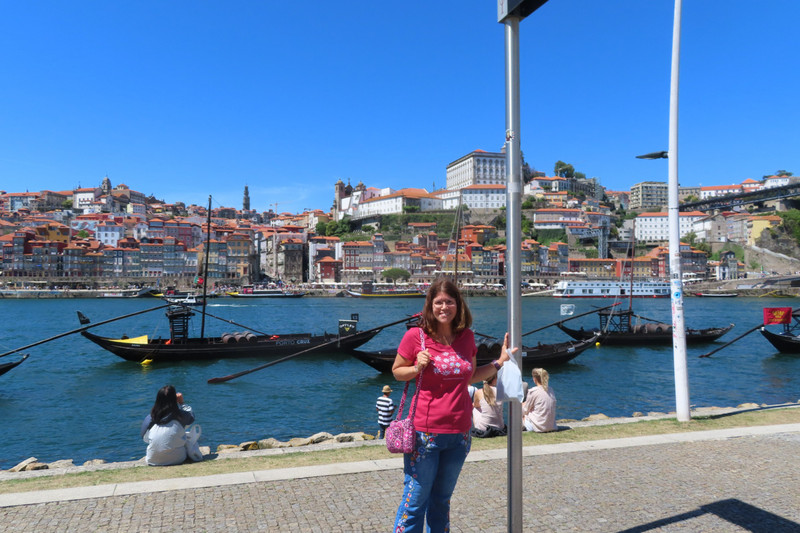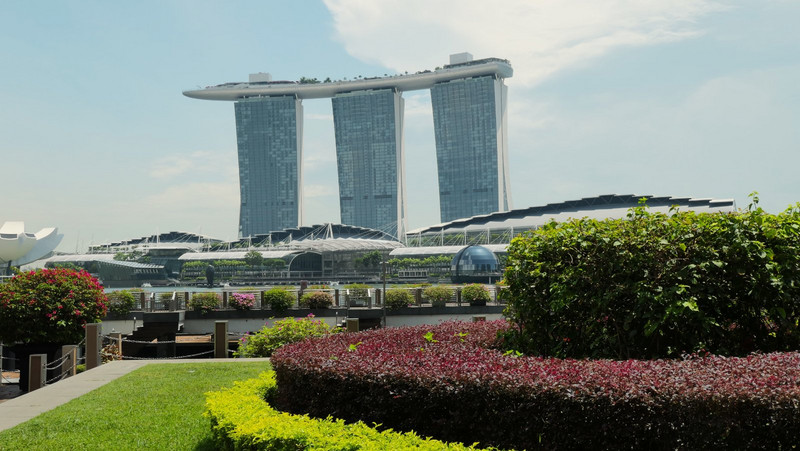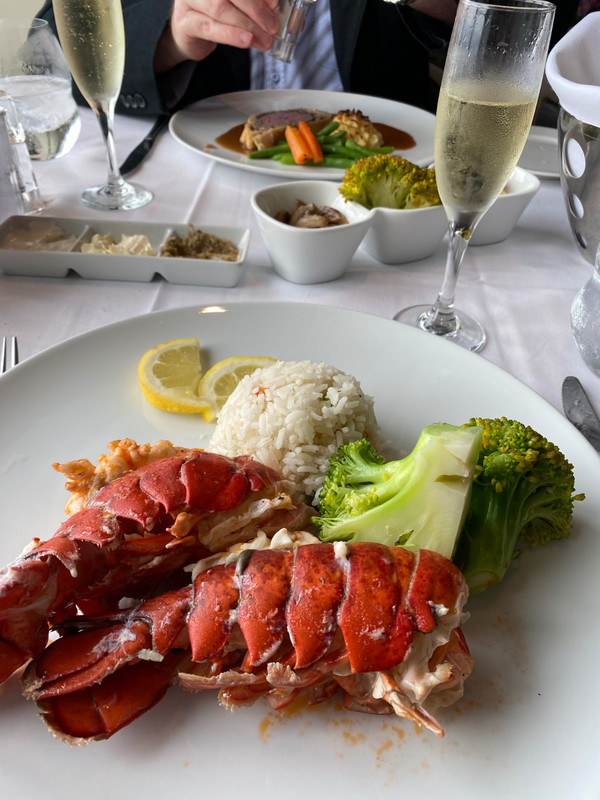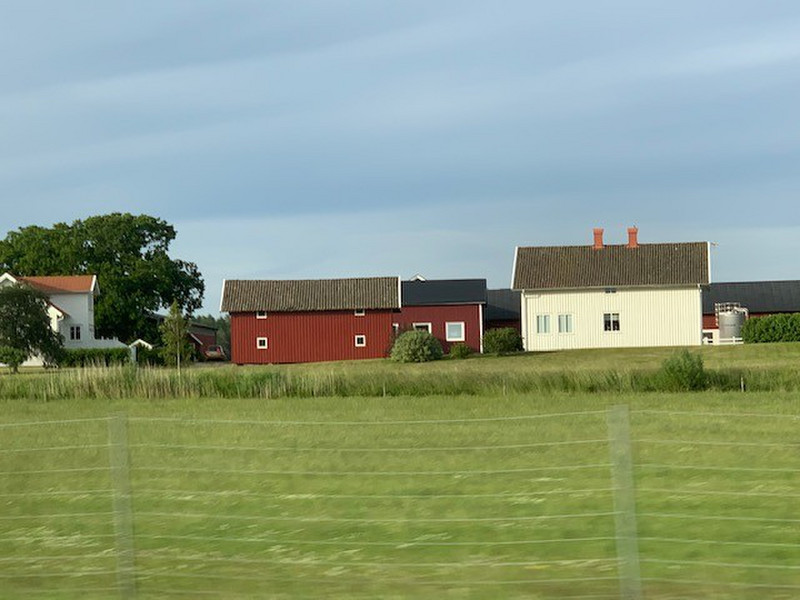After a great breakfast in the hotel, today we say adios to Spain and head out to Portugal. Fortunately, Spain and Portugal have a passport agreement between them that allows for easy transfer between then, so when we crossed the border, we didnt even slow down to interact with the Border Police. According to Dominic, they have the authority to stop us and check our passports, but they dont usually, and they didnt this time.
As you enter Portugal, theres about a couple of kilometer stretch of various run down shops. Evidently, before the EU was formed, this was a no mans land which offered goods as it was neither Spain or Portugal. Since the EU was formed, there are no zones, so the shops are just a remnant of a bygone era.
Once in Portugal, the geography changed quickly. Spain was generally flat with some rolling hills. Portugal is definitely more mountainous with deep valleys. We are heading to Porto on the Atlantic coast, the second largest city of about 250,000. It is second only to Lisbon which we will visit tomorrow. Any houses we have seen are much more modern stucco single family
homes resembling suburban USA. Our first comfort stop is at a small hotel, the Hotel As part of our introduction to Portugal, we visited the hotel bar for a cup of Portuguese coffee and a Pasteis de Nata – a Portuguese custard tart. Both were delicious!
As we began approaching Porto, the beginnings of an urban environment began to appear. Single family homes gave way to apartment buildings, and highrise buildings became visible in the skyline. From a distance Porto began to take on the appearance of a beautiful modern city with white stucco buildings with tile roofs. As we got closer, the age of some of the older buildings became apparent, but overall the city is modern with lots of new construction or under way. There were several construction cranes visible in the sky.
Before dropping us at the shorefront for lunch and our 1:20 tour, we took a brief tour of the city. Porto is on the shore of the Atlantic Ocean where the Douro River empties into the Atlantic. While there are certainly some 13th or 14th century buildings, most of the early buildings are 17th or 18th century.
The architecture is notably Moorish, with ceramic tiles attached on the outside faade of the older buildings. The roads are very narrow and winding and the steep hills make tour bus drivings difficult. But there are many modern structures in the city, giving the city the charm of modern buildings with an medieval road layout. Its very reminiscent of San Francisco and is in fact the high technology hub of Portugal.
The bus dropped us at the shore so that we could check out the various street vendors and grab some lunch at one of the many seaside restaurants, of a quick bite at the marketplace. After a little shopping, we headed over to the marketplace and found a Portuguese flatbread pizzeria. A small peperoni pizza and a couple of were just perfect! While waiting for our pizza to cook, we ran into Steve and Jackie from the tour who joined us for lunch.
At 1:20, we met at the Sandeman Cellars Winery. Porto is famous for its Port Wine (go figure) since the late 18th century. Port wine is made by taking regular wine and interrupting the fermentation process by adding brandy
or some other alcohol to stop the fermentation. This results in a sweeter wine, with an increased alcohol content that lasts longer when bottled. It is fermented in either small or large oak barrels, and the unique flavor is usually derived from blending various harvests together. The tour was great, and included a guided tour of the facility along with a brief history of and its unique logo, and the process of making the wine. There was also a short film. In the end there was a wine tasting that included both a white and a red version of their port wine. Of course, this presented a dilemma for both Jody and me as we dont drink.









